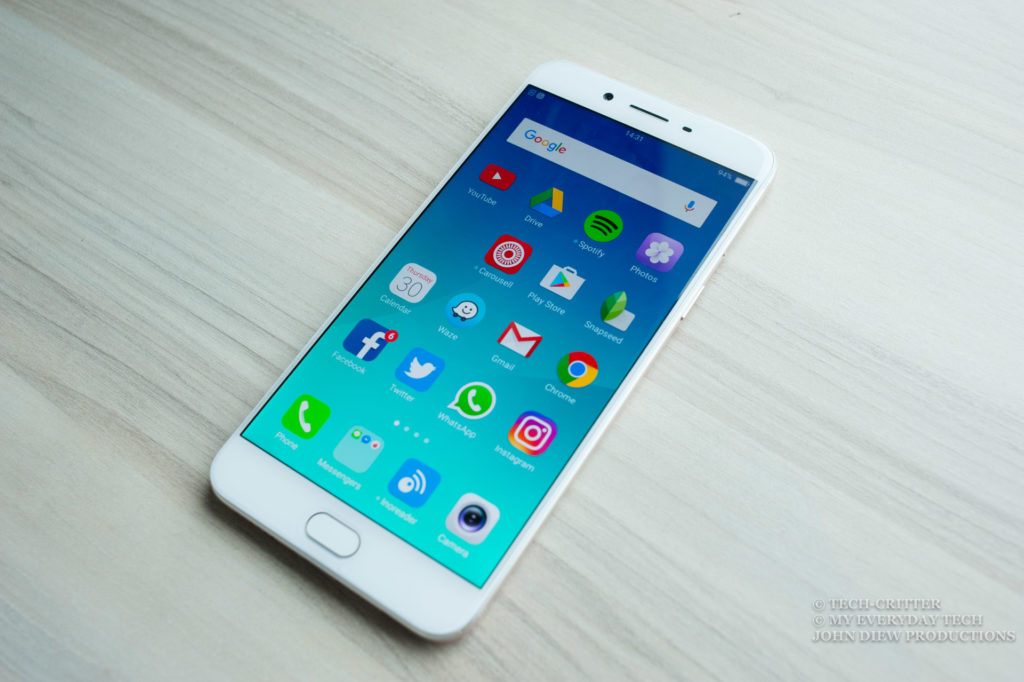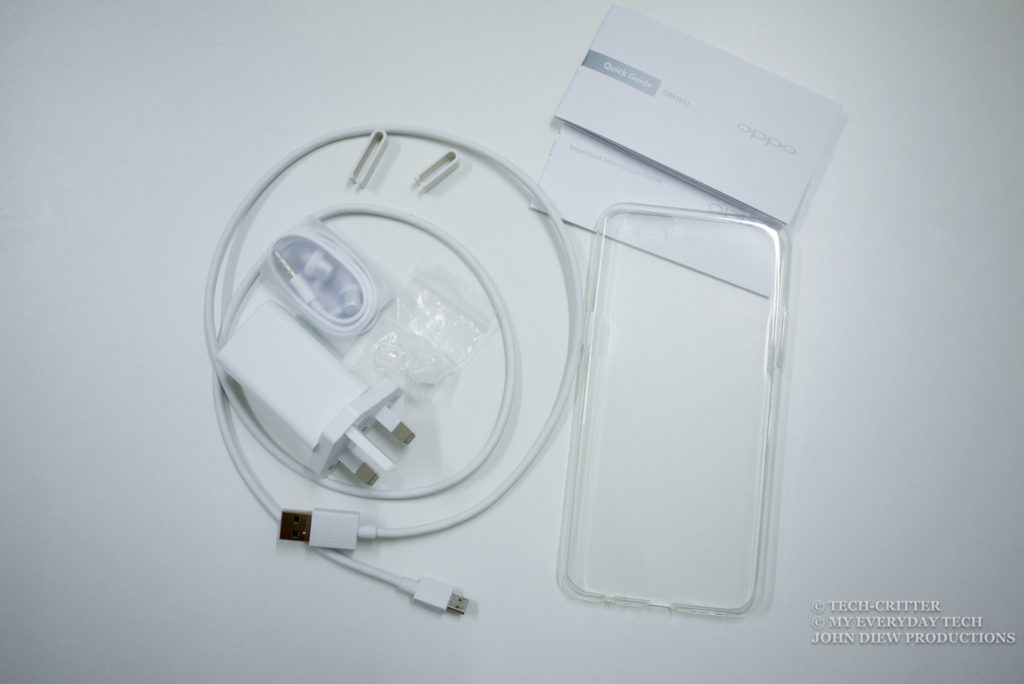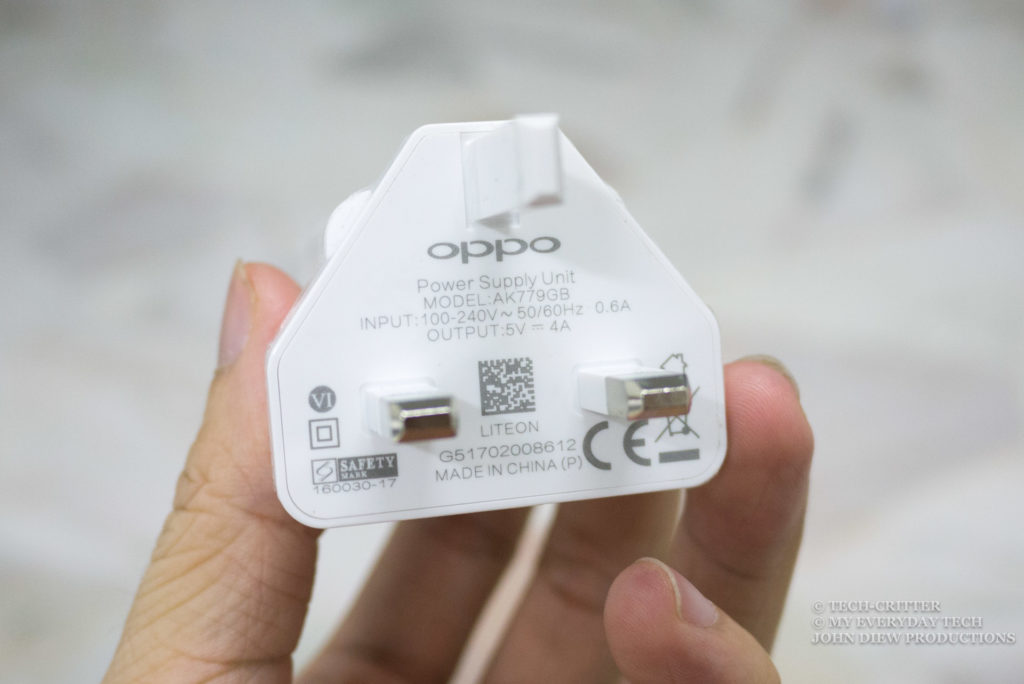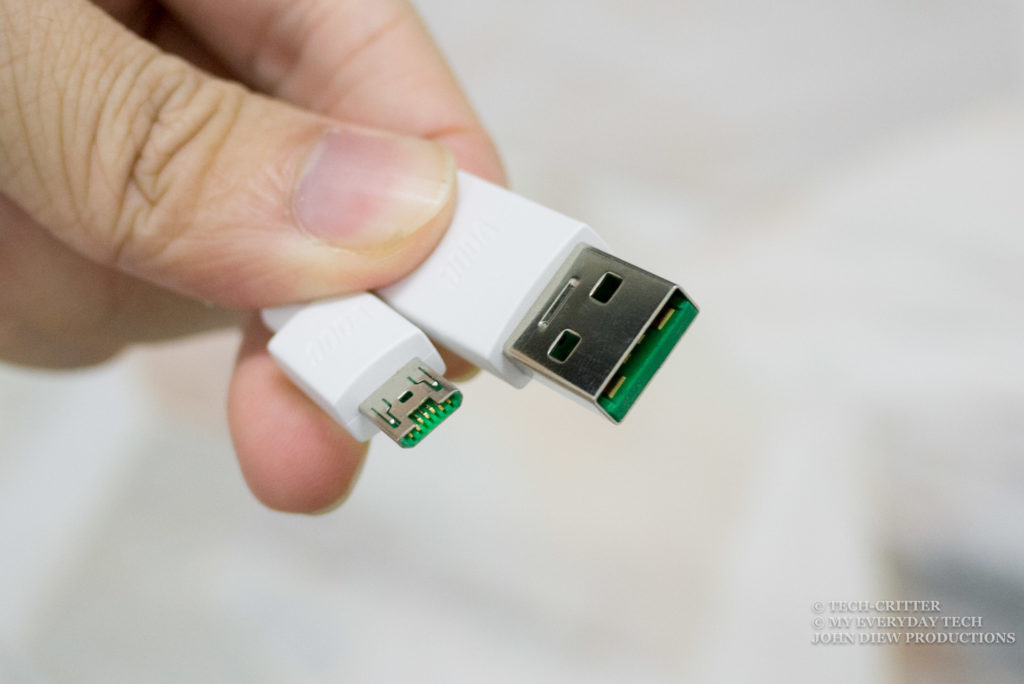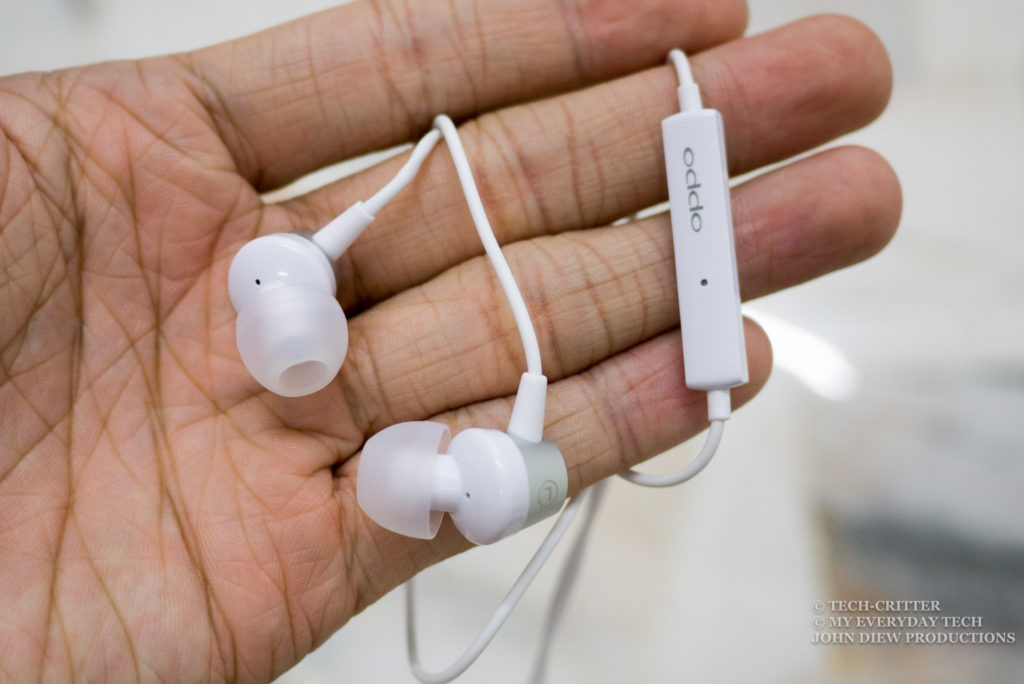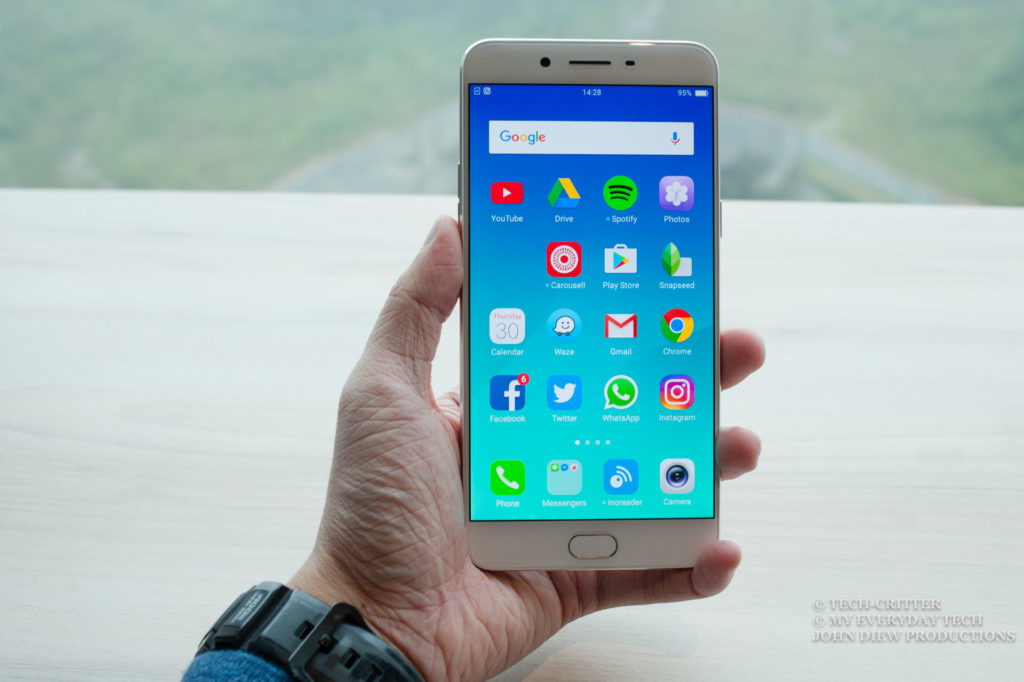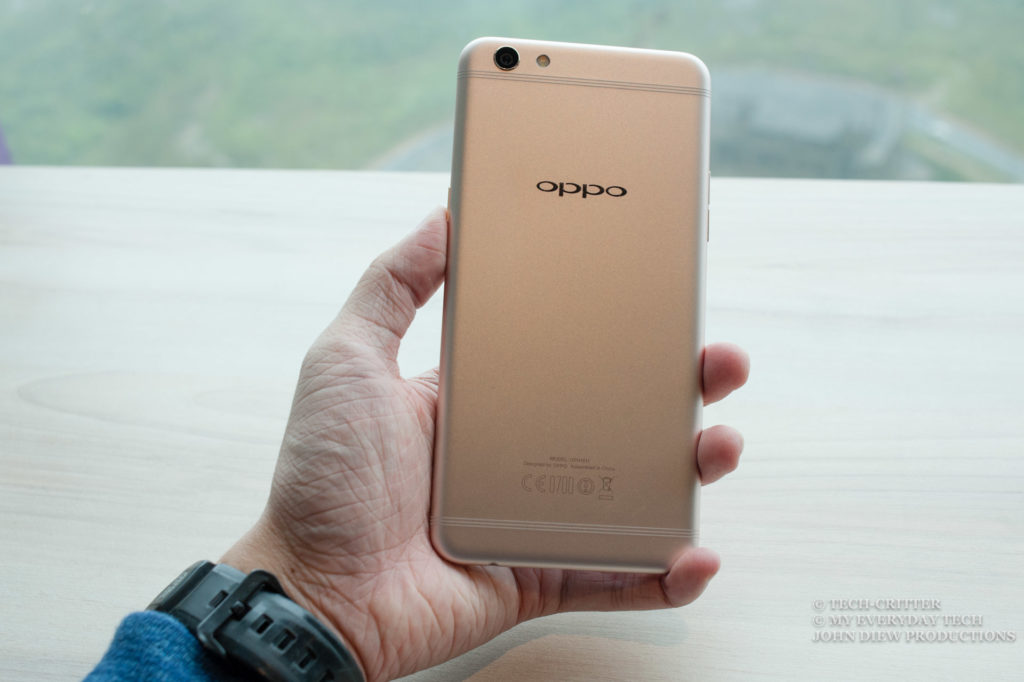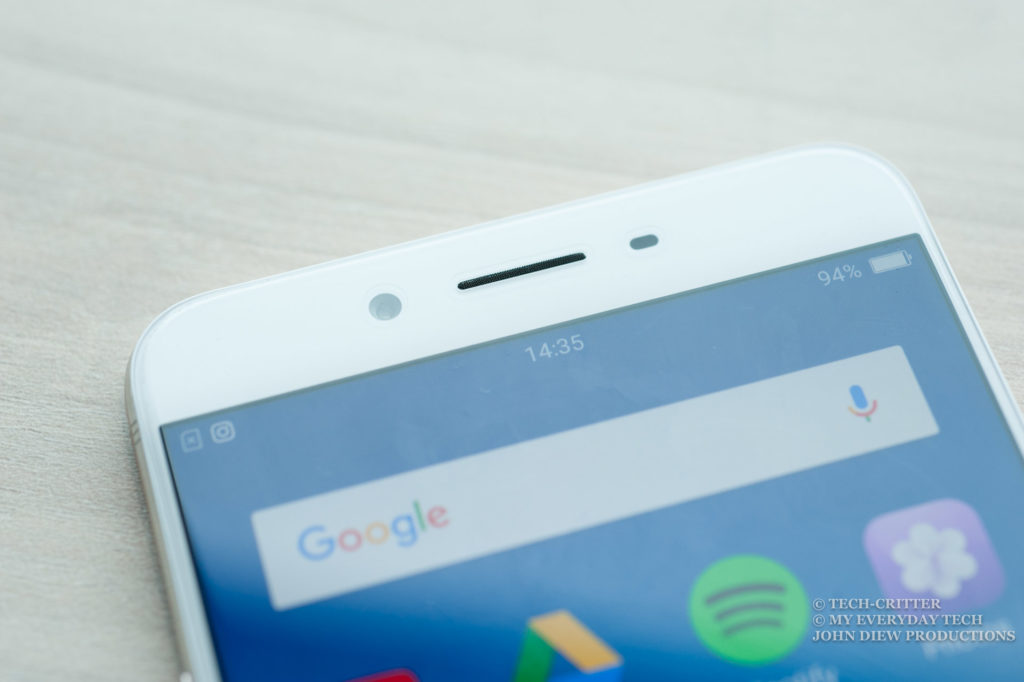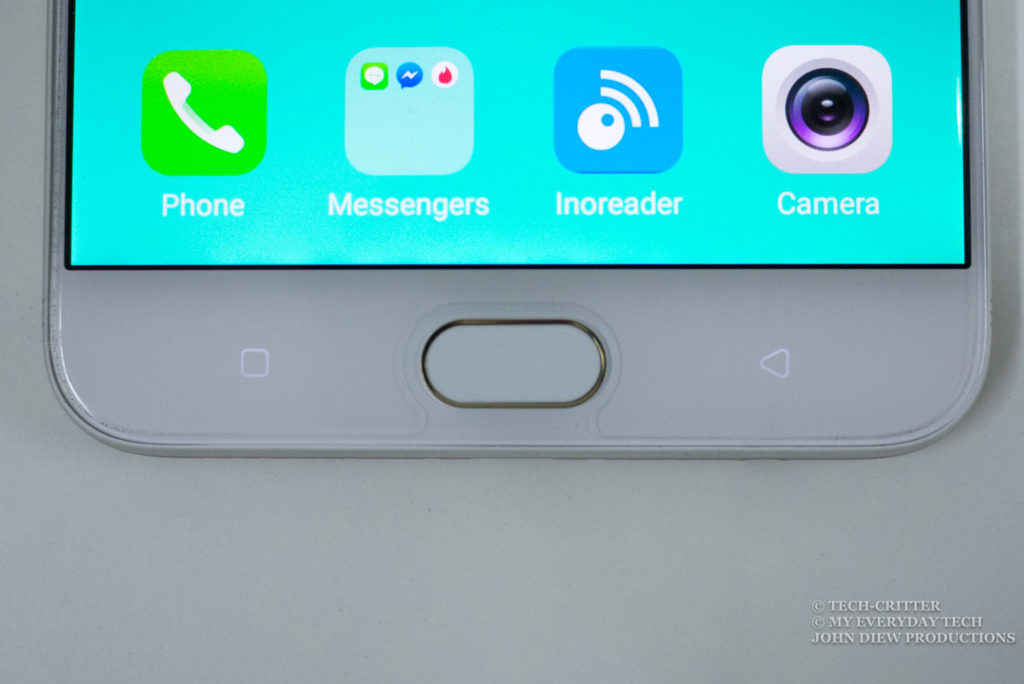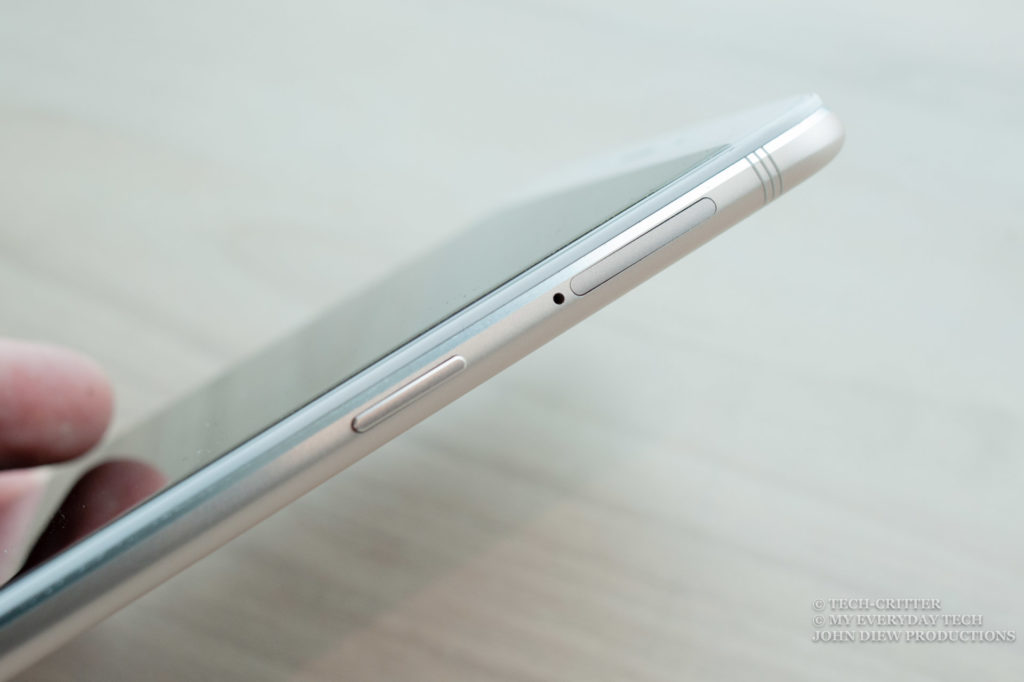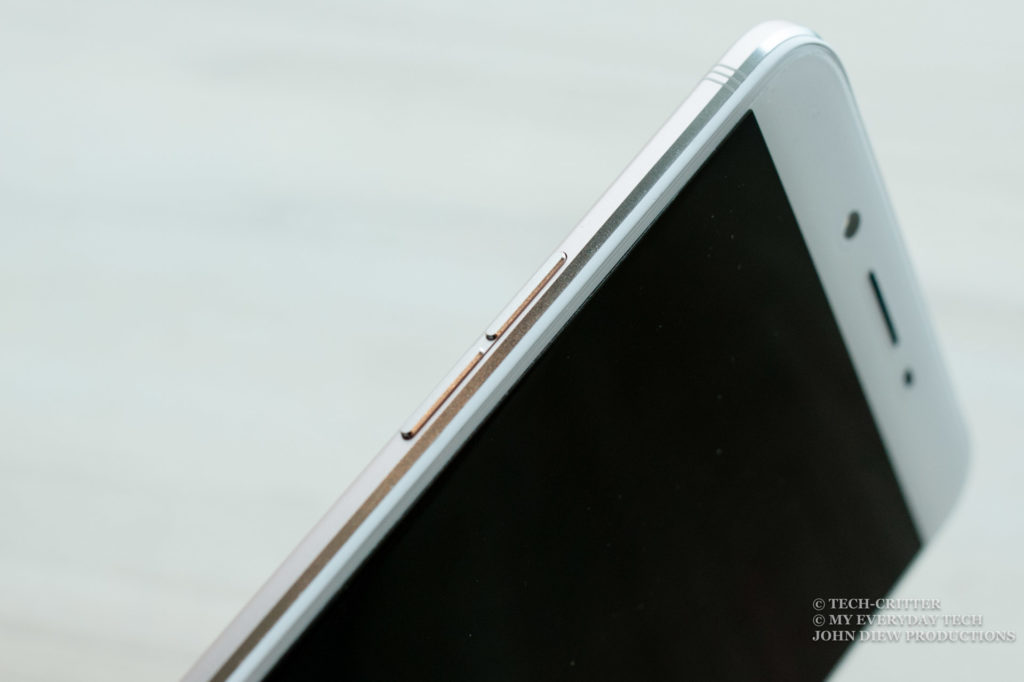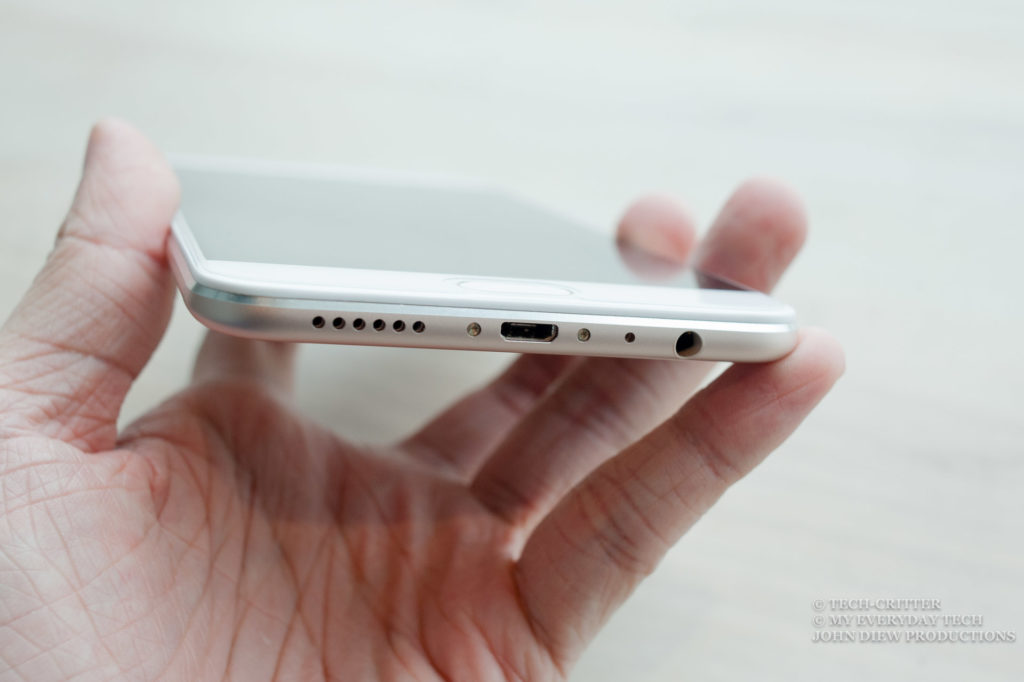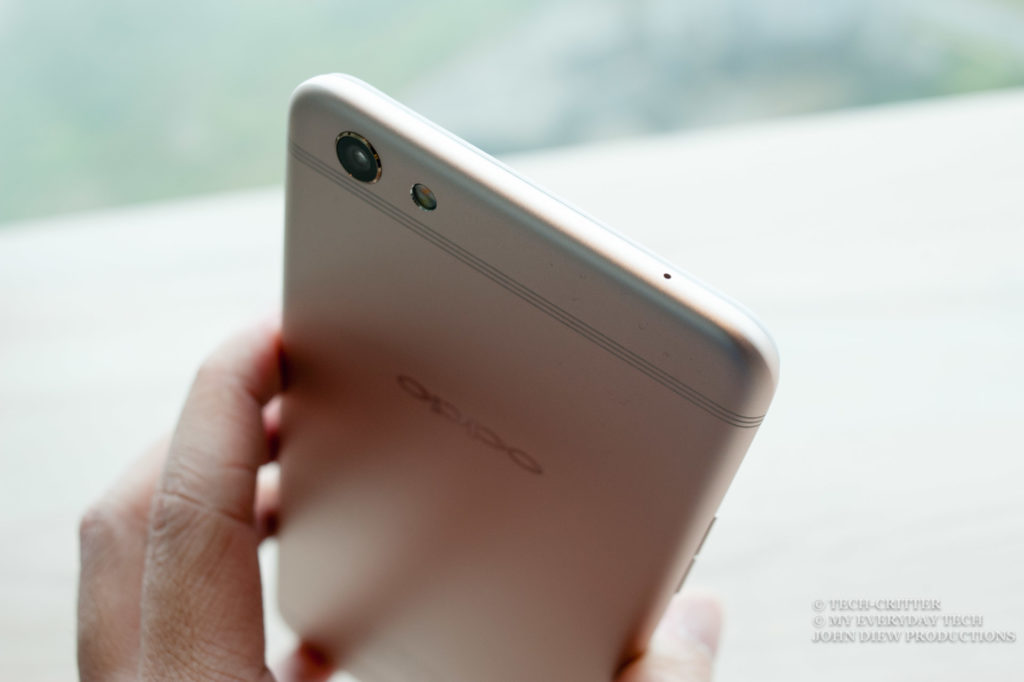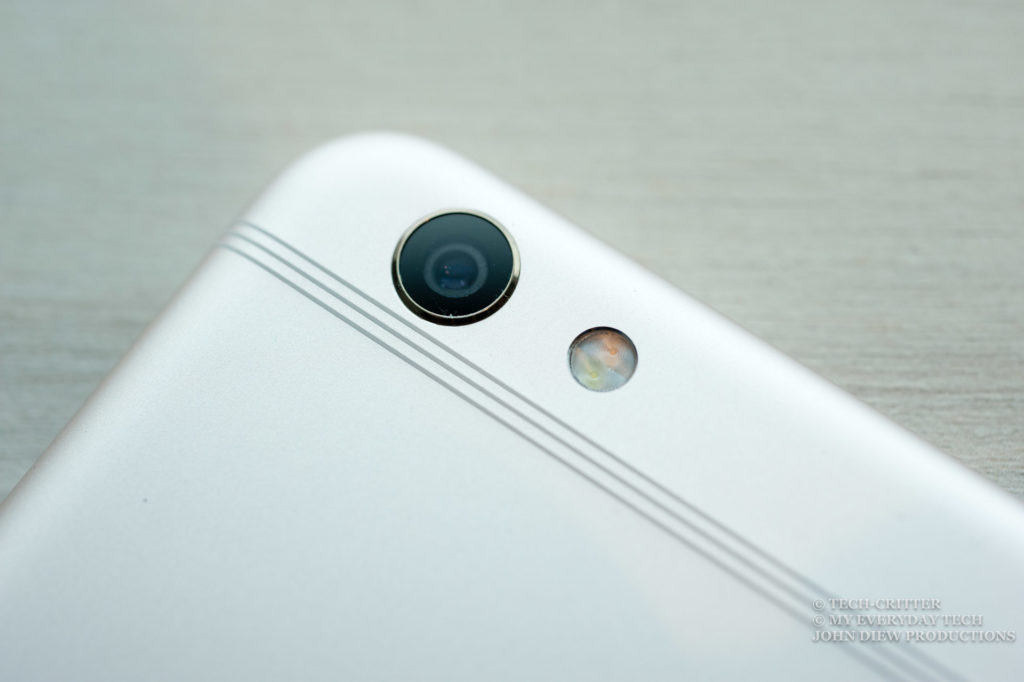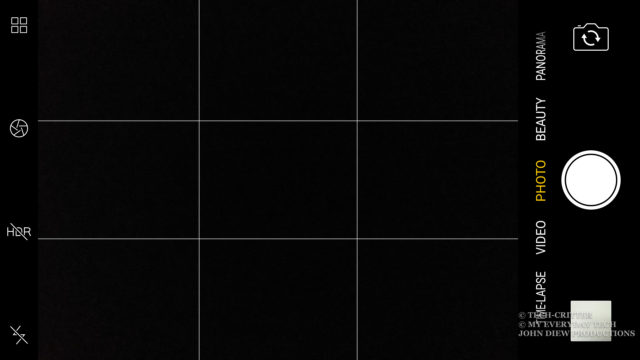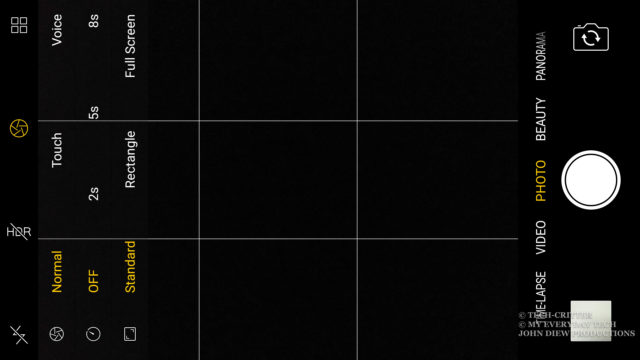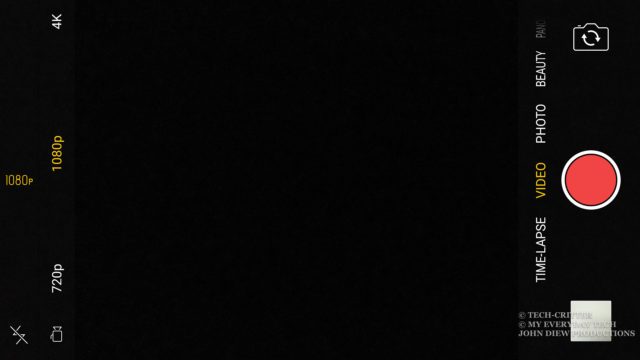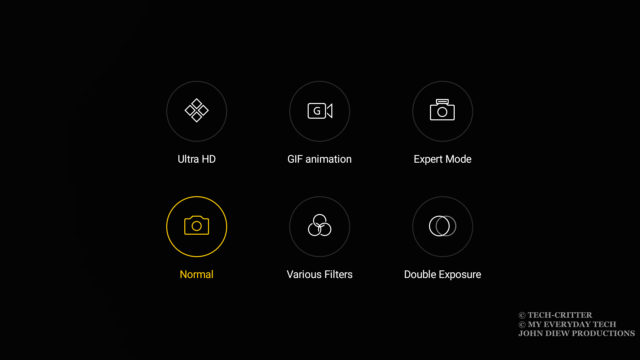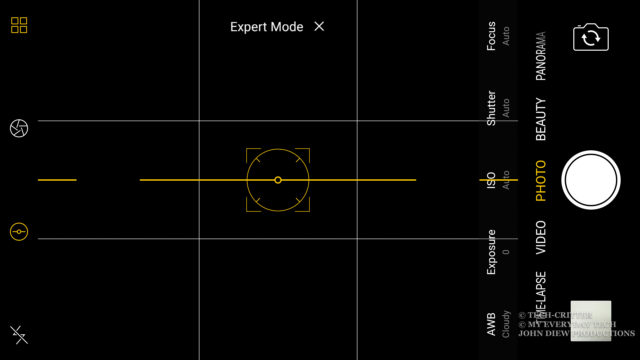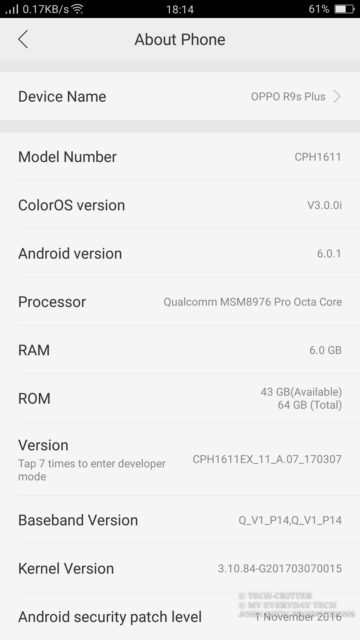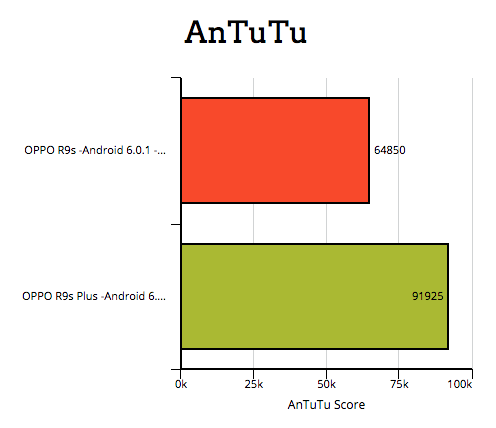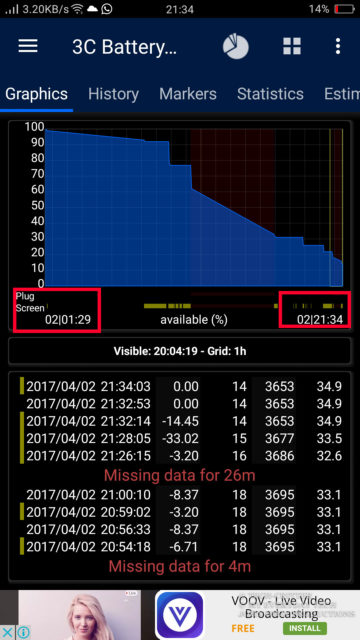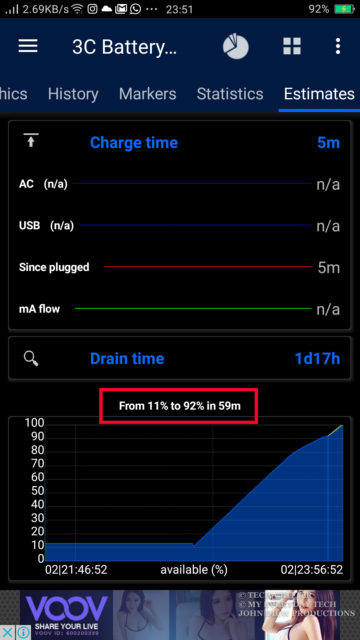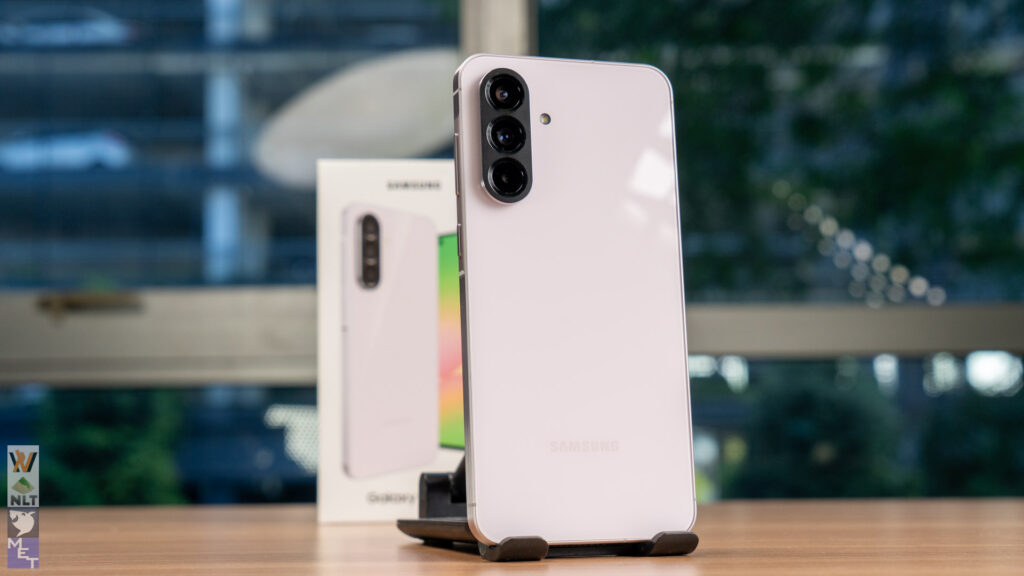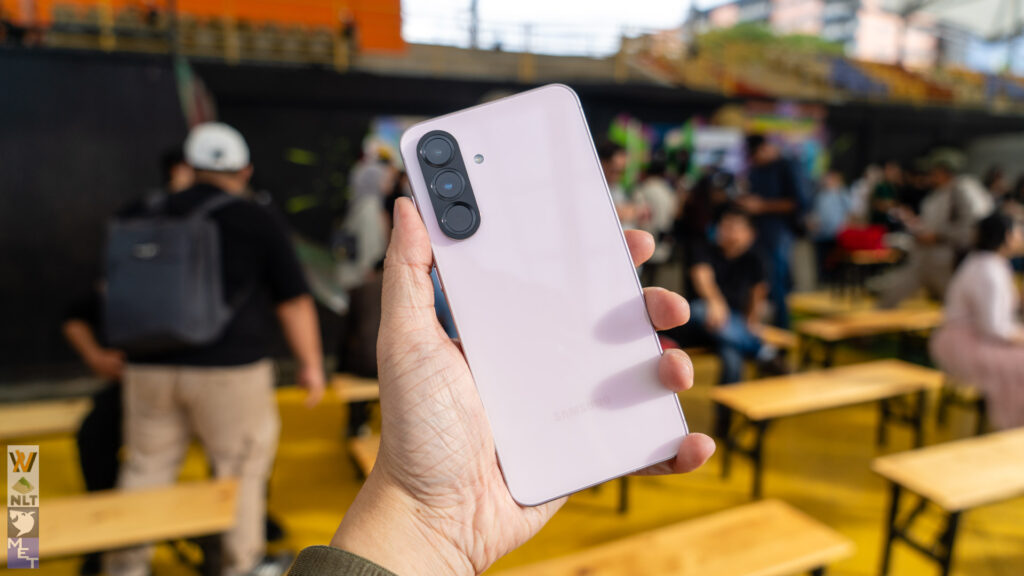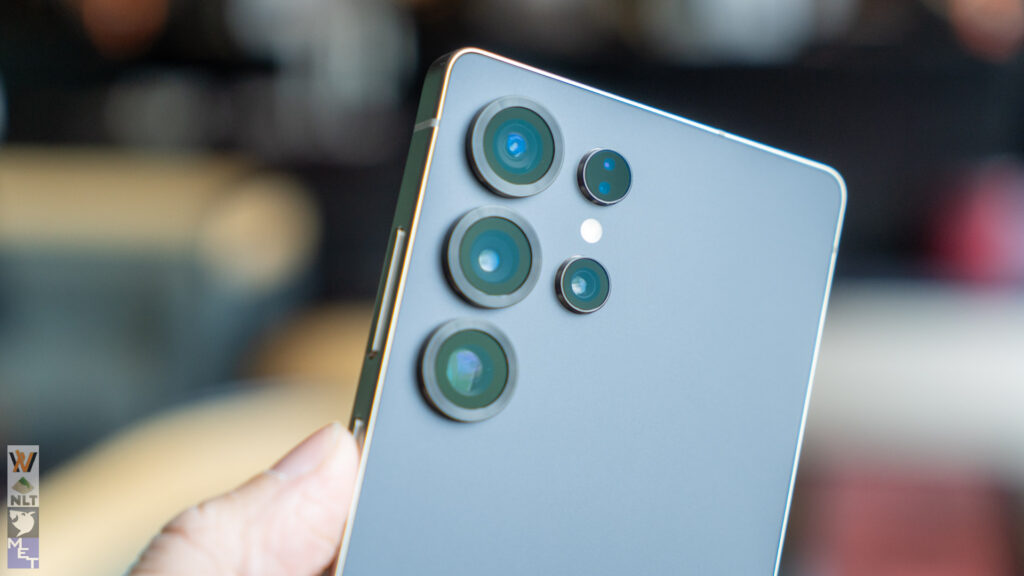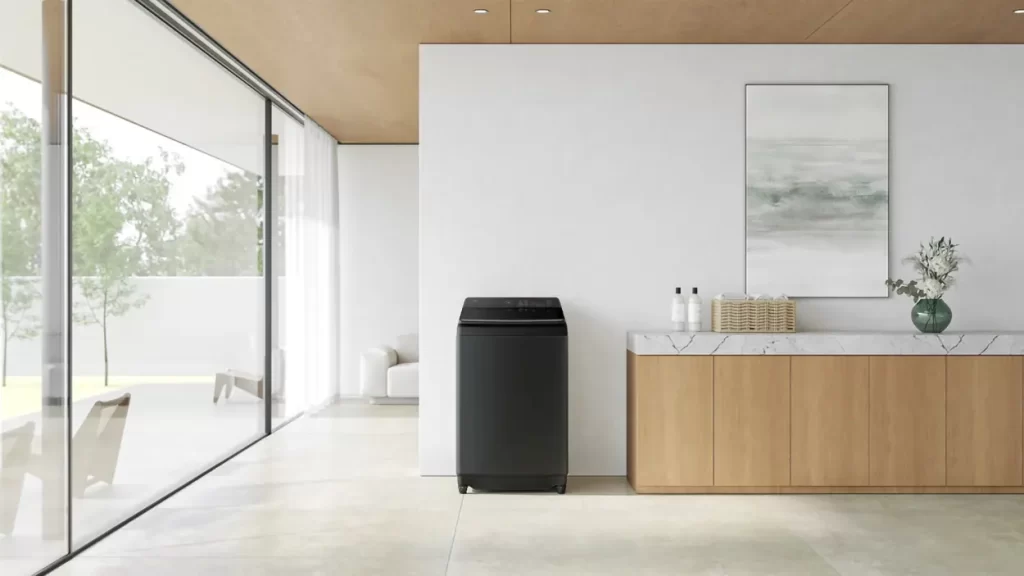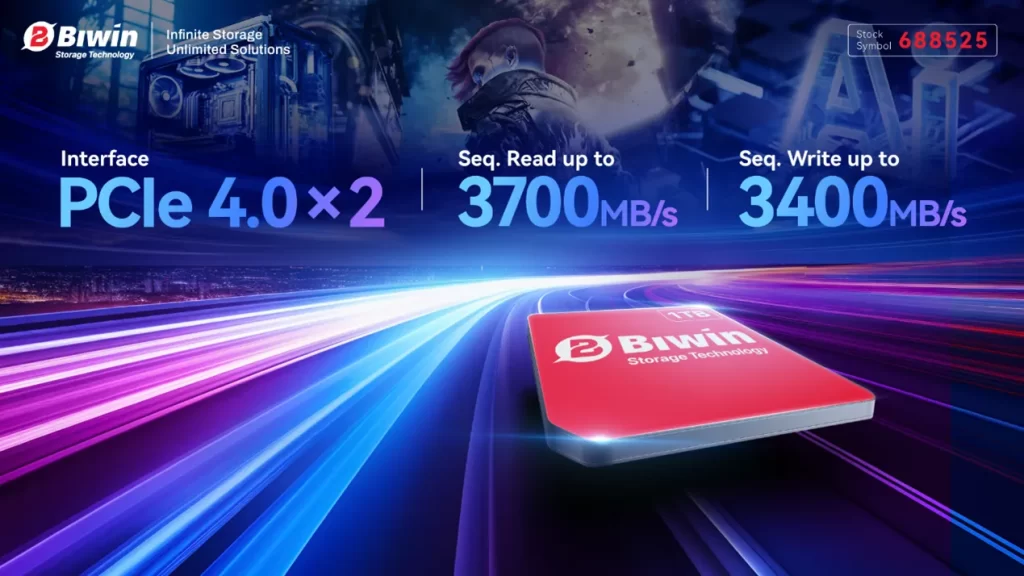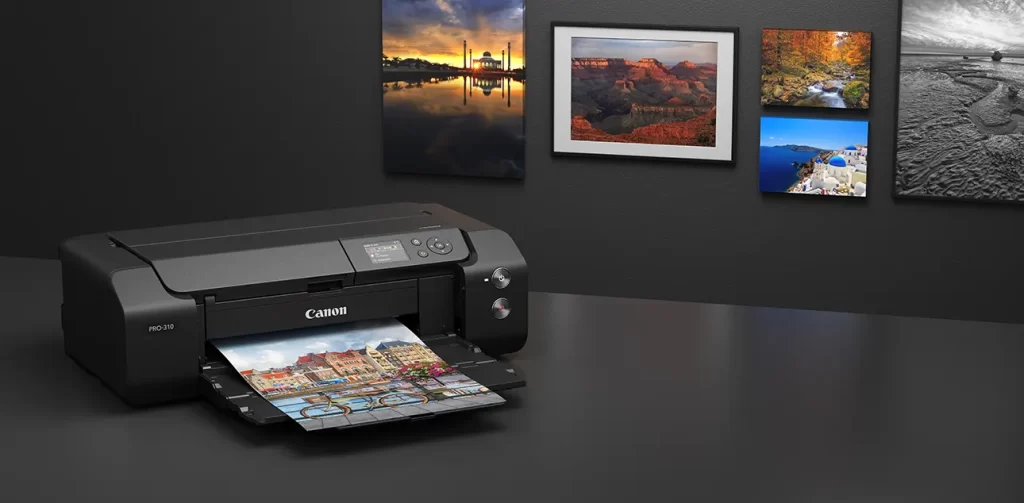OPPO R9s Plus Review
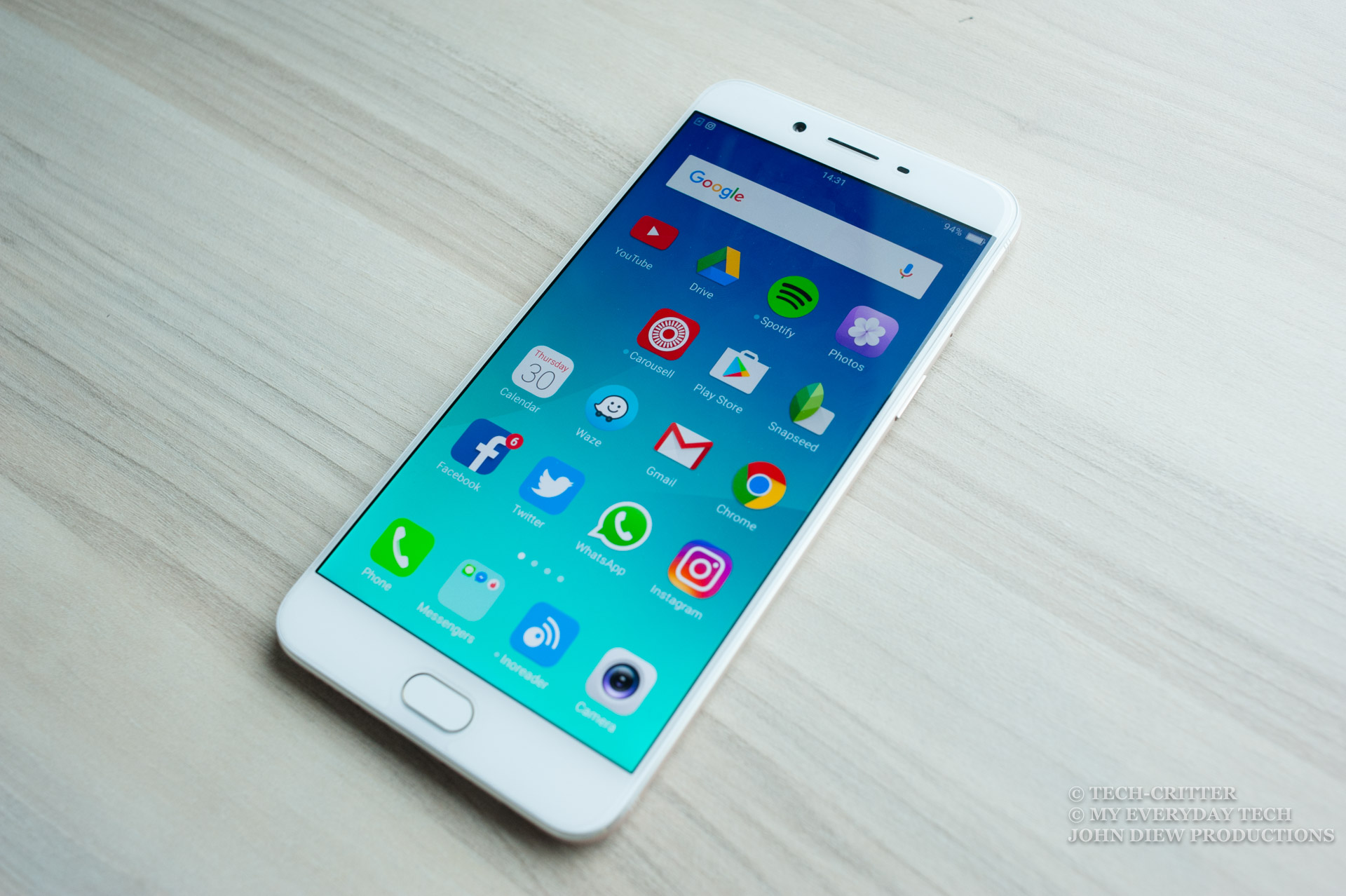
OPPO R9s Plus
RM 2498Pros
- Great build quality
- Excellent accessories package
- Accurate & fast fingerprint scanner
- Good 6-inch 1080p FHD AMOLED display
- Great rear camera
- Good performance
- Great battery life
- Fast charging
Cons
- Oversaturated display colour
- Sub-par front camera
- Outdated OS with oversimplified functions
- Proprietary fast charge technology
- Micro USB instead of USB-C
- Price
Earlier February, we reviewed the OPPO R9s which we find it certainly lived up to its tagline – “Now it’s clear”. The custom designed Sony sensor paired with a responsive dual phase detection autofocus system is capable of producing amazing photographs while staying adaptive to various shooting environment.
OPPO Malaysia then announced the availability of its bigger brother, the OPPO R9s Plus, which we attended last month. We finally got our hands on the device and here’s our review for the OPPO R9s Plus.
OPPO R9s Plus Specifications Overview
| OPPO R9s | OPPO R9s Plus | |
| CPU & GPU | Qualcomm Snapdragon 625 (8 x A53 @ 2.0 GHz) Adreno 506 @ 650 MHz | Qualcomm Snapdragon 653 (4 x A72 @ 1.95 GHz & 4 x A53 @ 1.44 GHz) Adreno 510 @ 600 MHz |
| RAM | 4 GB | 6 GB |
| Storage | 64 GB supporting MicroSD up to 256 GB (occupies SIM slot 2) | 64 GB supporting MicroSD up to 256 GB (occupies SIM slot 2) |
| Display | 5.5 inches 1080p Full HD AMOLED | 6.0 inches 1080p Full HD AMOLED |
| Camera (rear) | 16 MP f/1.7 aperture 1/2.8 inch Sony IMX398 sensor Dual PDAF Dual LED, dual tone flash | 16 MP f/1.7 aperture 1/2.8 inch Sony IMX398 sensor Dual PDAF Dual LED, Dual tone flash OIS |
| Camera (front) | 16 MP f/2.0 aperture | 16 MP f/2.0 aperture |
| Battery | Non-removable 3010 mAh Li-Po | Non-removable 4000 mAh Li-Po |
| Operating System | ColorOS 3.0 Android 6.0 Marshmallow | ColorOS 3.0 Android 6.0 Marshmallow |
| SIM | Hybrid dual SIM (Nano) | Hybrid dual SIM (Nano) |
| Connectivity | GSM / HSPA / LTE Wi-Fi 802.11 a/b/g/n/ac, Dual Band Bluetooth 4.0, A2DP GPS with A-GPS | GSM / HSPA / LTE Wi-Fi 802.11 a/b/g/n/ac, Dual Band Bluetooth 4.1, A2DP GPS with A-GPS |
Packaging & Accessories
OPPO has done well at their accessories package. Other than charging adapter and USB cable, you also get a pair of earphones, soft clear case as well as pre-applied screen protector.
Not to mention that the charging adapter and USB cable supports OPPO’s proprietary fast charge, VOOC Flash Charge.
While the included charging adapter and USB cable are for VOOC flash charge, you still can use regular USB cable or adapters, just that you don’t get to enjoy the fast charging.
The R9s Plus comes with a pair of proper in-ear earphones with in-line microphone, which is an upgrade from the R9s’s ear pod lookalike earphones. While the build is kind of flimsy, but it sounds okay for a starter earphones. With slightly bass heavy, it certainly suits the taste of general users who prefer noise isolation and punchy lows.
Build Quality & Design
The build of the phone is exactly the same to its sibling, the R9s. Just that the Plus version had a 6-inch display at the front in comparison to the 5.5-inch of the R9s.
Even the back panel is identical, with the unique six-string antenna band design. It also comes in two colour variants, Gold and Rose Gold. The sandblasted surface looks great and feels awesome in the hands. Too bad that when the phone is a large phablet, the slippery sandblasted surface can pose a risk of accidental falls. I had a few heart-sinking encounters where I almost drop the review unit. That was the time when I’m using the phone without the phone case.
The 16 MP front facing camera is positioned at the left of the earpiece while the ambient light sensor and the proximity sensor is positioned at the right.
The capacitive home button doubles as the fingerprint scanner. Just like the R9s, the fingerprint scanner is accurate and responsive. A light touch is sufficient for the scanner to pick-up your fingerprint for authentication.
The capacitive navigation buttons are at the both sides of the home button. It comes with a rather dim backlit where it works well in dark but not in the daytime. Once you’re used to the position of the buttons, you can navigate without having to look for the buttons.
Still, there are these Android OEMs that refuse to put the Back button at the left side. Why?
The power button and SIM card slot at the right of the phone.
The phone supports dual nano SIM, albeit that the SIM tray is a hybrid tray where you will have to choose to have 2nd SIM or Micro SD card.
The volume buttons at the left of the phone.
At the bottom of the device is where you find the speakers, Micro USB port, microphone and 3.5mm audio port.
Nothing much is going on at the top with just a single hole for the secondary microphone which used for noise cancelling during phone calls.
Sound
As for the speakers, expect nothing spectacular comes from it due to the downward facing placement and mono-channel setup. It is loud and clear enough for speakerphone calls, but for multimedia contents, it just doesn’t feel right when you’re playing games or watching videos in landscape mode.
Display
The 6-inch display at the front is massive and difficult to use one handed. Even though the phone supports one-handed operations mode where the display area is minimised, but I still need to hold the large phone in my hands while trying to reach my thumb over to the other corner.
The display comes with a 1080p Full HD AMOLED panel. It is sufficiently sharp for text displays and great for videos and games. However, I can’t help but notice that the colours are over-saturated. This problem was not present in the R9s which also uses an AMOLED display. Too bad that OPPO’s ColorOS currently has yet to support customised display colour profile. This problem, however, can be easily fixed with any display profile customising app.
Camera
Rear camera
For imaging department, the camera comes with the R9s Plus utilises the same sensor as its sibling. The OPPO exclusive Sony IMX398 paired with the bright f/1.7 aperture lens. It has the awesome dual phase detection autofocus (PDAF) that nails the focus quick and accurate.
What sets them apart is the R9s Plus’s camera actually equipped with optical image stabilisation (OIS) that reduces the camera shake effect when taking photos. Resulting in a steadier shot and sharper images.
The camera app itself is simple and straight forward. You get to access to different shooting modes from the app itself with the exception of a few settings that you need to go into OS settings to change, such as the assistant line and shutter sound.
Video mode is kind of crippled with the only configuration is the shooting resolution and the rest is up to the app to decide. There’s no manual video mode or any extra settings that you can configure. You can’t even decide the video shooting framerate while the hardware itself is capable of it.
On the bright side, the camera app is extremely responsive to use. I barely had any delay for each tap on the shutter button. It gave me a sense of snappiness where I can continue to snap more photos without worrying. The dual PDAF helped a lot in getting sharp and accurate focus by just tapping on the subject.
This image was captured while I’m in a moving car.
The Image quality is great, with spot-on white balance and colour reproduction. The OIS has improved the shooting experience a lot. Compared with the R9s, I noticed that the percentage of the blurred image has dropped. One thing to mention is that, while the sensor is capable of capturing a lot of details, but at the same time, the image is having a lot of ISO noise even at low ISO.
Front Camera
The front camera comes with a whopping 16 MP shooter with f/2.0 aperture lens.
Too bad that even if it produces an image of the same pixel count, the sensor itself is fundamentally different from the rear camera. It works fine in well-lit situations, however, it starts to hunt for focus points when the lighting goes dim.
Software & Features
Then the software that runs on the R9s Plus is the ColorOS 3.0, based on Android 6.0.1 Marshmallow. If you happen to read my review of the OPPO R9s, the overall user experience is almost a clone of the Apple’s iOS. There are a couple reasons why ColorOS is built in this way: Fast, Smooth and Easy to use.
My experience of using the phone? The interface is absolutely responsive and snappy. Perfect interface for those non-techie users, because you have less stuff to configure. Of course, the drawback is, you have less control over the phone. For example, you can’t customise the quick settings from the pull-down menu, and you lost the ability to check the actual battery run time.
Performance
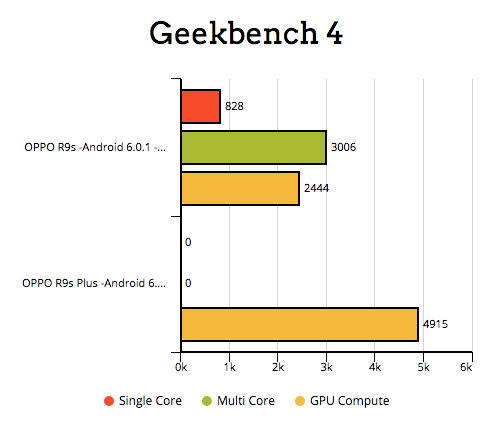
The core engine of the R9s Plus is the Snapdragon 653 paired with 6 GB of RAM. Starting off from the benchmarks, obviously, it is much powerful than the power efficient Snapdragon 625 that comes with the standard R9s. Just that the phone kept restart itself when I tried to run Geekbench 4’s CPU benchmark.
Benchmark aside, real life usage, however, I could barely felt any difference compared to the R9s. Battery life instead took a hit where 33% increment of battery capacity didn’t result in longer battery life. I’ll talk more about it in the Battery Life section. Honestly speaking, if OPPO is trying to look for a higher performance chip to match the Plus, they should have opted for the Snapdragon 820 or 821 instead.
Battery Life
The OPPO R9s Plus comes with a massive 4000 mAh battery. It manages to last me a whole day of usage. From the screen shot above, I unplugged the phone on 1:29 am, left it over night and then another full day of usage until the same day 9:34 pm. That is about 20 hours of discharge time. Too bad that I could not extract the screen-on-time, but judging from the chart above, it is about 5 hours total screen-on-time.
That’s pretty impressive on paper, but if you do some homework, you will find out that the R9s can achieve the same battery life with a smaller 3000 mAh battery. There are 2 reasons why the R9s Plus’s 4000 mAh battery can’t last longer than its smaller sibling.
First, the slightly larger (0.5-inch) display. Honestly speaking, I don’t think this will contribute that much to the loss of the battery life. Hence, it leads us to the second point, which is the use of Snapdragon 653 SoC in the R9s Plus in comparison to the Snapdragon 625 SoC in the R9s. The SD653 in the R9s Plus is considered a mid-high end SoC with its quad Cortex-A72 cores + quad Cortex-A53. Due to its 28nm fabrication process, it is not as efficient as SD625 which uses 14nm FinFET fabrication process. All these add up to the reason why the R9s Plus is having almost the same battery life as the R9s.
Check out our friend’s explanation of the FinFET’s advantages over at Nasi Lemak Tech.
The charging rate is extremely fast thanks to the OPPO’s proprietary fast charge technology – VOOC Flash Charge. Topping up the battery from 11% to 92% requires only 59 minutes. On top of that, the fast charge technology also keeps the device cool while charging, prolonging the battery’s lifespan.
Conclusion
Before we come to conclusion, we have to address one more thing – the price. OPPO Malaysia is officially selling the phone at RM 2498. That doesn’t make a lot of sense even if MYR is having a rough time. For Snapdragon 653 and 6-inch 1080p display, that is an awful lot of money.
So, who should buy this phone?
- If you want to convert from Apple to Android, OPPO’s ColorOS skin will make you feel at home. Reducing the challenge of getting started your Android life.
- If you’re looking for a phablet with a large display (6-inch).
- If you’re looking for a phone with a responsive camera and great image quality.
- If you’re looking for a phone with good performance and whole day battery life.
- If you don’t mind paying RM 2498 for all the above advantages.


